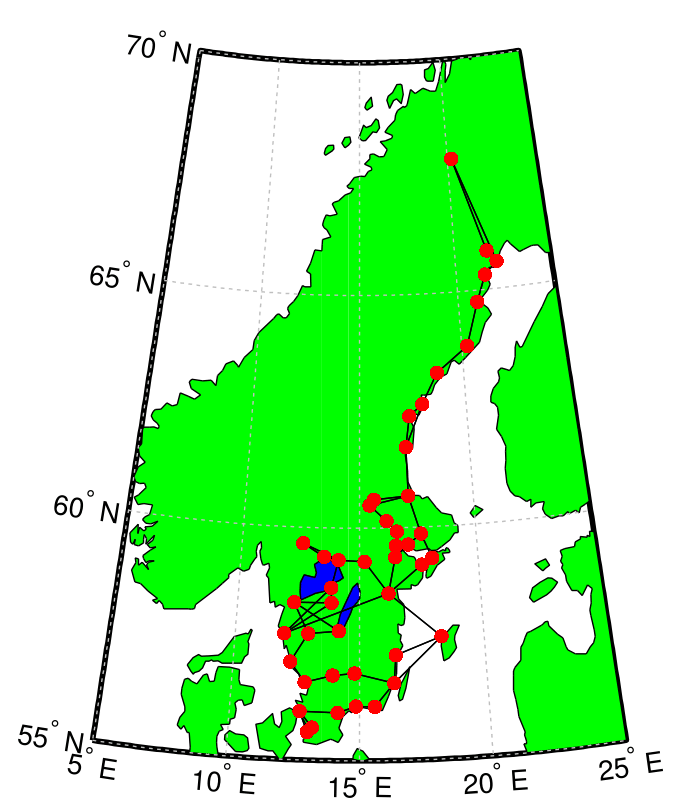A Connectedness Constraint for Learning Sparse Graphs
Graphs are naturally sparse objects that are used to study many problems involving networks, for example, distributed learning and graph signal processing. In some cases, the graph is not given, but must be learned from the problem and available data. Often it is desirable to learn sparse graphs. However, making a graph highly sparse can split the graph into several disconnected components, leading to several separate networks. The main difficulty is that connectedness is often treated as a combinatorial property, making it hard to enforce in e.g. convex optimization problems. In this article, we show how connectedness of undirected graphs can be formulated as an analytical property and can be enforced as a convex constraint. We especially show how the constraint relates to the distributed consensus problem and graph Laplacian learning. Using simulated and real data, we perform experiments to learn sparse and connected graphs from data.
PDF Abstract